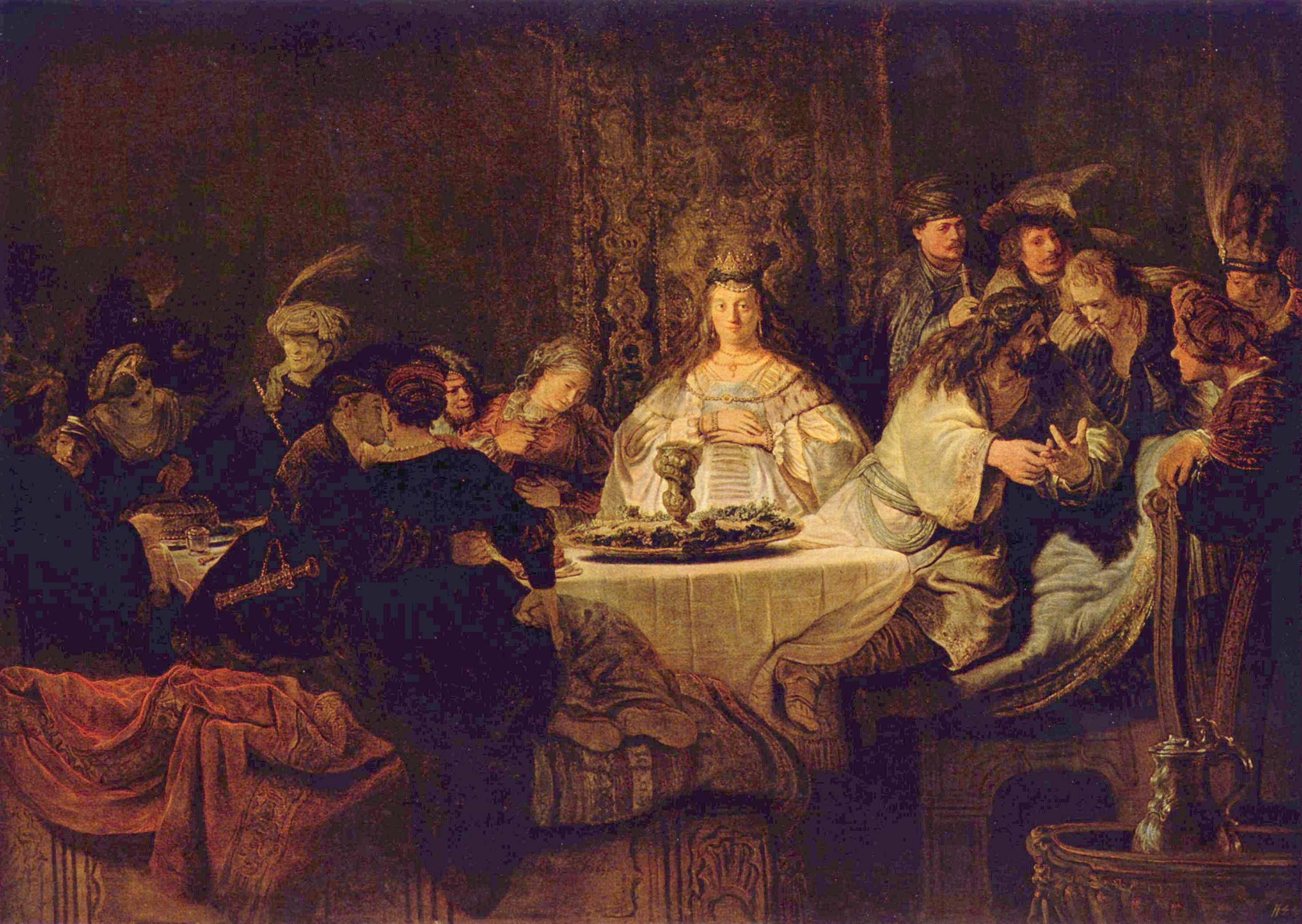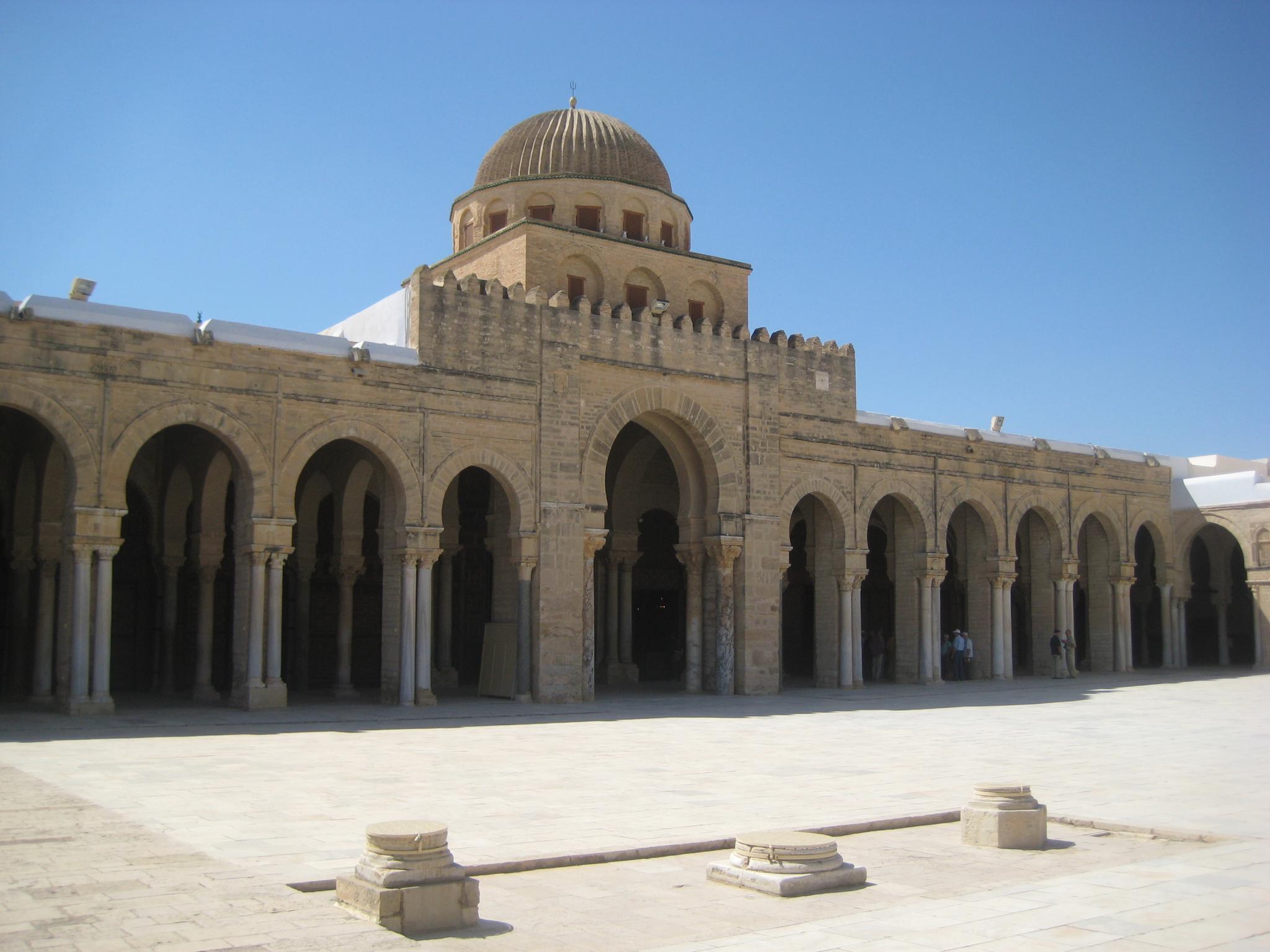|
Riddles (Arabic)
Riddles are historically a significant genre of Arabic literature. The Qur’an does not contain riddles as such, though it does contain conundra. But riddles are attested in early Arabic literary culture, 'scattered in old stories attributed to the pre-Islamic bedouins, in the ''ḥadīth'' and elsewhere; and collected in chapters'. Since the nineteenth century, extensive scholarly collections have also been made of riddles in oral circulation. Although in 1996 the Syrian proverbs scholar Khayr al-Dīn Shamsī Bāshā published a survey of Arabic riddling, analysis of this literary form has been neglected by modern scholars, including its emergence in Arabic writing; there is also a lack of editions of important collections. A major study of grammatical and semantic riddles was, however, published in 2012, and since 2017 legal riddles have enjoyed growing attention.Elias G. Saba, ''Harmonizing Similarities: A History of Distinctions Literature in Islamic Law'', Islam – Thought, ... [...More Info...] [...Related Items...] OR: [Wikipedia] [Google] [Baidu] |
Riddles
A riddle is a statement, question or phrase having a double or veiled meaning, put forth as a puzzle to be solved. Riddles are of two types: ''enigmas'', which are problems generally expressed in metaphorical or allegorical language that require ingenuity and careful thinking for their solution, and ''conundra'', which are questions relying for their effects on punning in either the question or the answer. Archer Taylor says that "we can probably say that riddling is a universal art" and cites riddles from hundreds of different cultures including Finnish, Hungarian, American Indian, Chinese, Russian, Dutch and Filipino sources amongst many others. Many riddles and riddle-themes are internationally widespread. In the assessment of Elli Köngäs-Maranda (originally writing about Malaitian riddles, but with an insight that has been taken up more widely), whereas myths serve to encode and establish social norms, "riddles make a point of playing with conceptual boundaries and cross ... [...More Info...] [...Related Items...] OR: [Wikipedia] [Google] [Baidu] |
Ibn Farḥūn
Ibn Farḥūn al-Mālikīfull name; Ibrāhīm b. ‘Alī b. M. Ibn Farḥūn, Burhān al-Dīn al-Ya’marī al-Andalusī al-Mālikī () (ca.1358 - 1397) was an Arab Mālikī ''faqīh'' (jurist) of Medina. born into a prominent Arab family that traced its descent to Quraysh. He traveled to Egypt, Levant (Syria) and Jerusalem. In 1390 he returned to Medina, where he professed adherence to Maliki Islam and became '' qāḍa'' (judge). His principal biographer, Aḥmad Bābā attributes eight books to him. Only two MSS have been published, while three are lost. Works *''Al-dībāj al-mudhhab fī ma‘rifat a‘yān ‘ulamā’ al-madhhab''; popularly known as ''Al-Dībāj'', a biographical dictionary of Mālikī ‘ulamā’ (scholars) and comprehensive history of Malikite thought and scholarship of the school in Al-Andalus and the Maghreb, its rites, biography of its founder Mālik ibn Anas and bibliography. Supplements and abridgements include ''Nayl al-ibtihāj'' the edition ... [...More Info...] [...Related Items...] OR: [Wikipedia] [Google] [Baidu] |
Al-Ḥarīrī Of Basra
Abū Muhammad al-Qāsim ibn Alī ibn Muhammad ibn Uthmān al-Harīrī ( ar, أبو محمد القاسم بن علي بن محمد بن عثمان الحريري), popularly known as al-Hariri of Basra (1054 – 10 September 1122) was an Arab poet, scholar of the Arabic language and a high government official of the Seljuks. He is known for his ''Maqamat al-Hariri'' (also known as the ‘'Assemblies of Hariri'’), a collection of some 50 stories written in the ''Maqama'' style, a mix of verse and literary prose. For more than eight centuries, Al-Hariri's best known work, his ''Maqamat'' has been regarded as one of the greatest treasure in Arabic literature after the Koran and the Pre-Islamic poetic canons. Although the maqamat did not originate with al-Hariri, he elevated the genre to an art form. Biography Al-Hariri was born 446 AH (1054 AD) and died in his native city of Basra on 6 Rajab, AH 516 (10 September, 1122 AD). Although his place of birth is uncertain, scholars sugge ... [...More Info...] [...Related Items...] OR: [Wikipedia] [Google] [Baidu] |
Maqāmāt
''Maqāmah'' (مقامة, pl. ''maqāmāt'', مقامات, literally "assemblies") are an (originally) Arabic Prosimetrum, prosimetric literary genre which alternates the Arabic rhymed prose known as ''Saj', Saj‘'' with intervals of poetry in which rhetorical extravagance is conspicuous. There are only eleven illustrated versions of the ''Maqāmāt'' from the 13 and the 14th centuries that survive to this day. Four of these currently reside in the British Library in London, while three are in Paris at the Bibliothèque nationale de France (including the Al-Hariri of Basra, al-Harīrī's ''Maqāmāt''). One copy is at the following libraries: the Bodleian Library in Oxford, the Süleymaniye Library, Suleymaniye Library in Istanbul, the Austrian National Library, Österreichische Nationalbibliothek in Vienna, and the Russian Academy of Sciences in Saint Petersburg. Those ''Maqāmāt'' manuscripts were likely created and illustrated for the specialized book markets in cit ... [...More Info...] [...Related Items...] OR: [Wikipedia] [Google] [Baidu] |
ḥiyal
''Ḥiyal'' (حيل, singular ''ḥīla'' حيلة "contortion, contrivance; device, subterfuge") is "legalistic trickery" in Islamic jurisprudence. The main purpose of ''ḥiyal'' is to avoid straightforward observance of Islamic law in difficult situations while still obeying the letter of the law. An example of ''hiyal'' is the practice of "dual purchase" (''baiʿatān fī baiʿa'') to avoid the prohibition of usury by making two contracts of purchase and re-purchase (at a higher price), similar to the modern futures contract. A special sub-field of ''ḥiyal'' is "oath-trickery" (''maʿārīḍ'') dedicated to the formulation of ambiguous statements designed to be interpreted as an oath or promise while leaving open loopholes to avoid perjury. Views on its admissibility in Islam have varied by schools of Islamic jurisprudence (''Madhhab''), by time period, and by type of ''ḥiyal''. A substantial literature on such tricks has developed in the Hanafi school of jurisprudence in ... [...More Info...] [...Related Items...] OR: [Wikipedia] [Google] [Baidu] |
Ḥanbalī
The Hanbali school ( ar, ٱلْمَذْهَب ٱلْحَنۢبَلِي, al-maḏhab al-ḥanbalī) is one of the four major traditional Sunni schools (''madhahib'') of Islamic jurisprudence. It is named after the Arab scholar Ahmad ibn Hanbal (d. 855), and was institutionalized by his students. The Hanbali madhhab is the smallest of four major Sunni schools, the others being the Hanafi, Maliki and Shafi`i. The Hanbali school derives ''sharia'' primarily from the ''Qur'an'', the ''Hadiths'' (sayings and customs of Muhammad), and the views of Sahabah (Muhammad's companions). In cases where there is no clear answer in sacred texts of Islam, the Hanbali school does not accept ''istihsan'' (jurist discretion) or '''urf'' (customs of a community) as a sound basis to derive Islamic law, a method that Hanafi and Maliki Sunni '' madh'habs'' accept. Hanbali school is the strict traditionalist school of jurisprudence in Sunni Islam. It is found primarily in the countries of Saudi Arabia and ... [...More Info...] [...Related Items...] OR: [Wikipedia] [Google] [Baidu] |
Mālikī
The ( ar, مَالِكِي) school is one of the four major schools of Fiqh, Islamic jurisprudence within Sunni Islam. It was founded by Malik ibn Anas in the 8th century. The Maliki school of jurisprudence relies on the Quran and hadiths as primary sources. Unlike other Islamic Fiqh, fiqhs, Maliki fiqh also considers the consensus of the people of Medina to be a valid source of Sharia, Islamic law. The Maliki school is one of the largest groups of Sunni Muslims, comparable to the Shafi`i madhhab in adherents, but smaller than the Hanafi madhhab. Sharia based on Maliki doctrine is predominantly found in North Africa (excluding northern and eastern Egypt), West Africa, Chad, Sudan, Kuwait, Bahrain, Qatar, the Emirate of Dubai (UAE), and in northeastern parts of Saudi Arabia.Jurisprudence and Law – Islam Reorienting the Veil, Unive ... [...More Info...] [...Related Items...] OR: [Wikipedia] [Google] [Baidu] |
Ḥanafī
The Hanafi school ( ar, حَنَفِية, translit=Ḥanafiyah; also called Hanafite in English), Hanafism, or the Hanafi fiqh, is the oldest and one of the four traditional major Sunni schools (maddhab) of Islamic Law (Fiqh). It is named after the 8th century Kufan scholar, Abu Hanifa, a Tabi‘i of Persian origin whose legal views were preserved primarily by his two most important disciples, Imam Abu Yusuf and Muhammad al-Shaybani. It is considered one of the most widely accepted maddhab amongst Sunni Muslim community and is called the ''Madhhab of Jurists'' (maddhab ahl al-ray). The importance of this maddhab lies in the fact that it is not just a collection of rulings or sayings of Imam Abu Hanifa alone, but rather the rulings and sayings of the council of judges he established belong to it. It had a great excellence and advantage over the establishment of Sunni Islamic legal science. No one before Abu Hanifa preceded in such works. He was the first to solve the cases and ... [...More Info...] [...Related Items...] OR: [Wikipedia] [Google] [Baidu] |
Ibn Abī Al-ʿIzz
Sadr ad-Dīn Abu'l Ḥasan ʿAlī Ibn Abī al-ʻIzz () was a 14th-century Arab Muslim scholar and jurist who served as a ''qadi'' in Damascus and Egypt. He is best known for authoring a commentary on al-Tahawi's creedal treatise ''Al-Aqidah al-Tahawiyyah'', which is popular with Salafis. Biography According to Ibn Hajar al-Asqalani, Ibn Abi al-'Izz was born on 12 Dhu al-Hijjah 1331 CE/731 AH, hailing from a family that were staunch adherents of the Hanafi school of jurisprudence. He was a disciple of Ibn Kathir, a student of Ibn Taymiyyah. He was appointed as a judge in his hometown of Damascus, later accepting a judgeship in Egypt before returning to Damascus. Al-Sakhawi mentions his teacher, Ibn Adiry, as one of al-'Izz's students. During his latter tenure as a judge in Damascus, al-'Izz became embroiled in controversy due to his views that Allah has a direction, Hell is not eternal and his censure of Ibn Aybuk's ''qaṣĩdah'' (poem), whose contents he held to constitute d ... [...More Info...] [...Related Items...] OR: [Wikipedia] [Google] [Baidu] |
Shāfiʿī
The Shafii ( ar, شَافِعِي, translit=Shāfiʿī, also spelled Shafei) school, also known as Madhhab al-Shāfiʿī, is one of the four major traditional Fiqh, schools of religious law (madhhab) in the Sunni Islam, Sunnī branch of Islam. It was founded by Arabs, Arab theologian Muhammad ibn Idris al-Shafi’i, Muḥammad ibn Idrīs al-Shāfiʿī, "the father of Muslim jurisprudence", in the early 9th century. The other three schools of Sunnī jurisprudence are Hanafi, Ḥanafī, Maliki, Mālikī and Hanbali, Ḥanbalī. Like the other schools of fiqh, Shafii recognize the Rashidun, First Four Caliphs as the Islamic prophet Muhammad’s rightful successors and relies on the Quran, Qurʾān and the "sound" books of Hadiths, Ḥadīths as primary sources of law. The Shafi'i school affirms the authority of both divine law-giving (Quran, the Qurʾān and Sunnah, the Sunnah) and human speculation regarding the Law. Where passages of Qurʾān and/or the Ḥadīths are ambiguous, ... [...More Info...] [...Related Items...] OR: [Wikipedia] [Google] [Baidu] |





